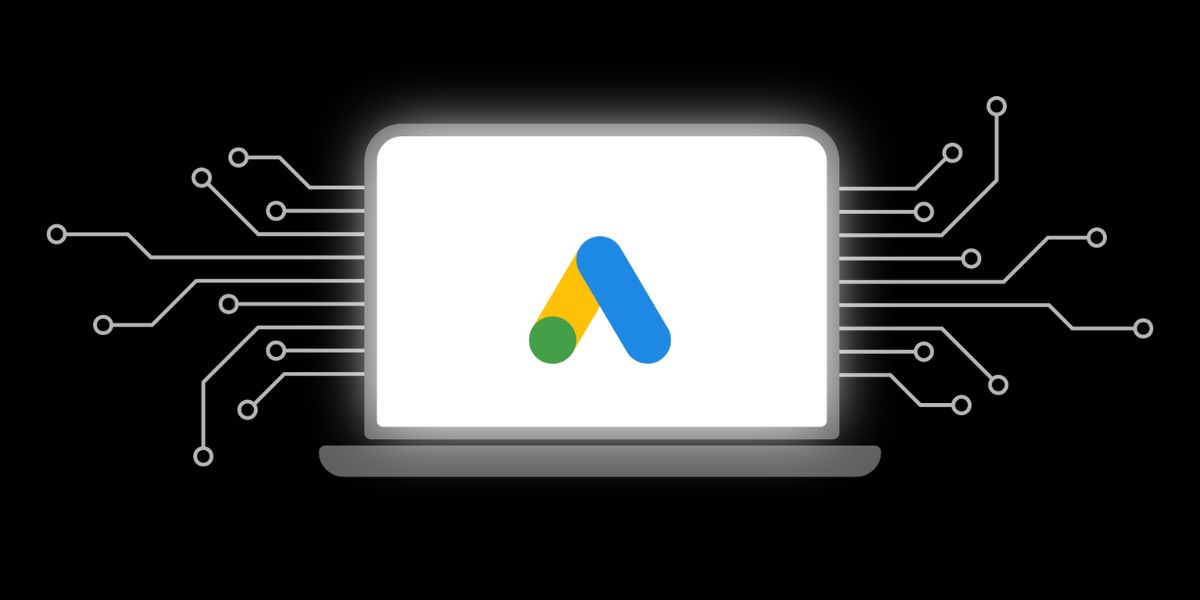Google Ads is set to make a major transition in Search campaign settings by the end of 2025. Advertisers will no longer manually select target languages. Instead, Google’s AI will automatically detect user language based on signals such as search behavior, browser settings, query terms, and historical activity.
Currently, advertisers often specify languages like English, Spanish, or French manually to reach the right audience. With this update, such precision will be replaced by AI interpretation, which promises streamlined campaigns but introduces concerns over message mismatches, particularly in multilingual or regionally nuanced markets.
This change is limited to Search campaigns. Display, YouTube, and Shopping formats will still allow manual language targeting, giving advertisers a measure of continued control in other channels.
Google’s update brings both opportunities and challenges for advertisers. On one hand, campaign setup will be simplified since there will be no need for manual language selections, making it especially useful for small businesses and low-budget advertisers. On the other hand, diminished granularity could affect brands that target niche or localized segments, such as French speakers in Canada or multilingual urban areas, where precision is critical.
To balance this, Google’s AI will analyze signals like user search patterns, device language, ad language, landing page text, and more to automatically assign language targeting, promising efficiency but raising concerns over accuracy in complex markets.
Reliance on AI is seeing a rapid increase in Google tools as a shift toward full automation, similar to AI-enabled bidding, Performance Max dashboards, and Smart Campaigns. However, experts caution about over-reliance on AI, especially in culturally sensitive or bilingual markets.
